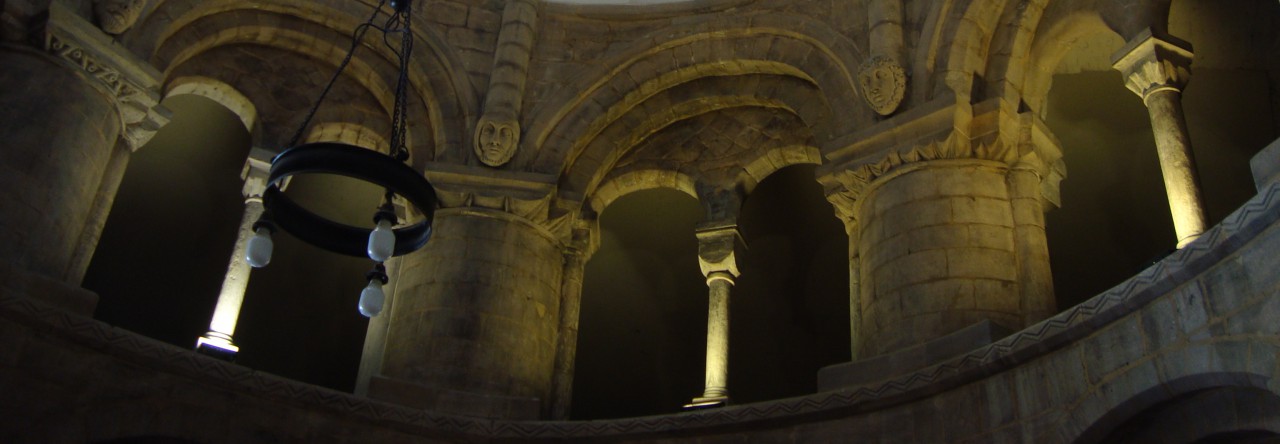
Us bibliophiles, we all know the stories about the puzzled browser who wanders into a library or bookshop, don’t we?
You know, the one who enquires about a book they don’t know the title of or the name of the author – indeed, often both – who supplies a vague description such as “It’s blue,” “It’s this sort of size,” or “My friend recommended it.”
My favourites though are mangled or misattributed titles – such an easy mistake to make that even hardened ‘tome travellers’ like us may misquote them: Jane Eyre’s Charlotte Brontë, for example. (Yes, I once actually said that.)
Here are some mangled or misattributed titles, mostly ones I’ve made up, though the first one – apparently genuine – I spotted as a quote on social media. Repeat them often enough and they start to feel genuine – or so I’ve found!
Continue reading “Mangled or misattributed?”













